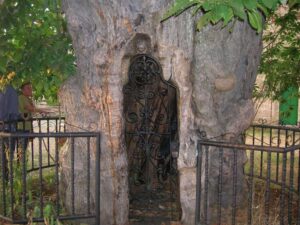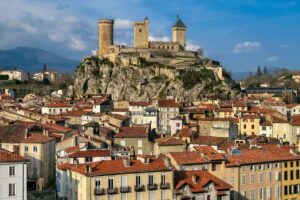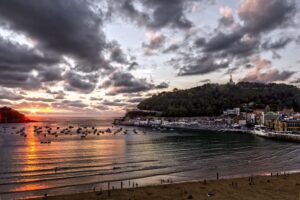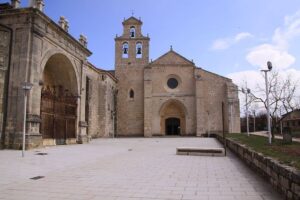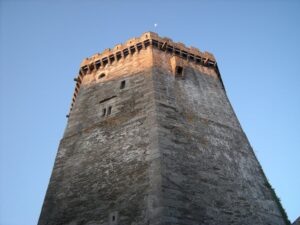
Luarca emerges as a peaceful haven along the Northern Way. This picturesque fishing village, nestled between the sea and the mountains, invites pilgrims to take a break, recharge, and soak in its charm.
Its whitewashed houses cascading towards the harbour, the scent of salt in the air, and the warmth of its people make it an unforgettable stop. A place where seafaring tradition can be felt in every corner and the beauty of the Asturian landscape reveals itself in full splendour.
Índice de contenidos
The Northern Way: A route of contrasts and unparalleled beauty
The Camino de Santiago offers a wide variety of routes to suit every pilgrim, from the mystical Vía de la Plata to the popular French Way. However, for those seeking an experience where nature, culture, and history intertwine with coastal and mountainous scenery, the Northern Way stands out as a truly exceptional option.
This route, which follows the Cantabrian coast, is a true delight for the senses. It offers breathtaking views of the Cantabrian Sea, dramatic cliffs, secluded beaches, and green valleys stretching inland.
The richness of the landscape is one of its greatest attractions. Here, pilgrims can enjoy the sea breeze and the salty scent while walking along trails that wind through fishing villages and lush forests.
From the majestic Galician coast, starting from routes like the Northern Way from Ribadeo, to the cultural riches of the Basque Country with routes like the Camino de Santiago from Bilbao, every stage is an opportunity to discover the diversity of Spain’s geography.
Unlike other routes such as the Portuguese Way from Tui, this one is characterised by less crowding and the authenticity of its villages, allowing for a deeper connection with the surroundings and the essence of pilgrimage.
What’s more, the option to rely on a Camino de Santiago travel agency makes planning and enjoying the adventure much easier. They take care of aspects like accommodation and luggage transfers, allowing pilgrims to focus solely on the experience itself.
Luarca: The White Village of the Green Coast
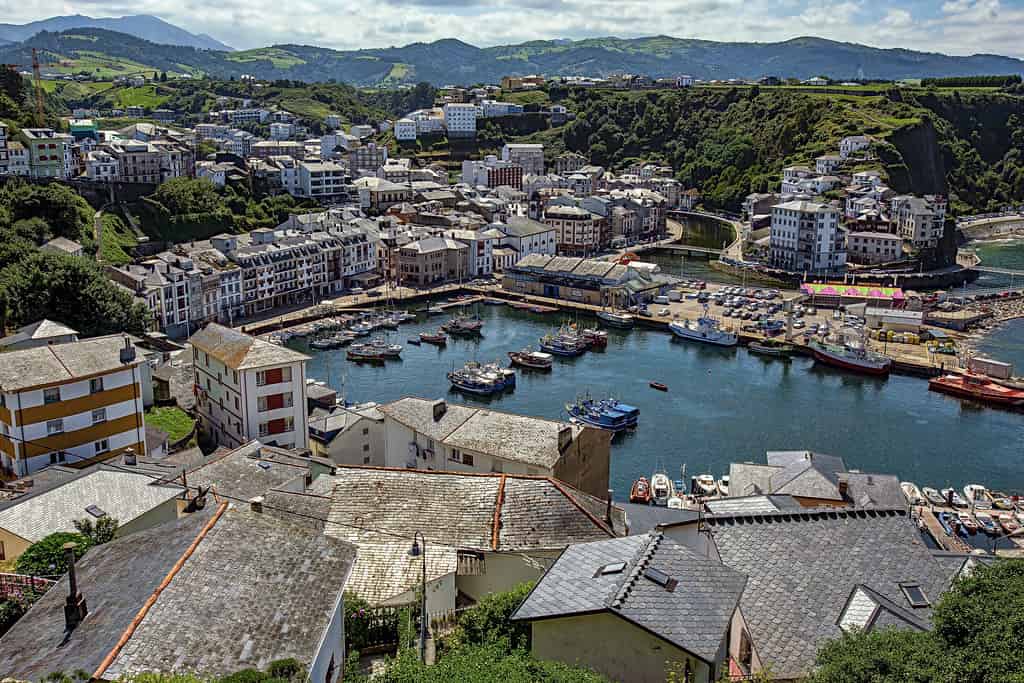
Luarca, known as the White Village of the Green Coast, is a gem that, despite its size, offers unique charm and landmarks well worth a stop on the Northern Way. For pilgrims, it’s much more than just a stopover; it’s a chance to rest, enjoy peace and quiet, and immerse oneself in the authenticity of a historic fishing village.
Now, let’s talk about the main points of interest in Luarca.
The harbour and fishing quarter
The heart of Luarca beats in its harbour. A walk along the quay, lined with colourful fishermen’s houses and boats gently bobbing with the tide, offers a deep connection to the village’s maritime soul. Here, the salty sea air mingles with the scent of cider and fresh fish, creating a truly unique atmosphere.
The fishing quarter, with its narrow lanes and steep slopes, invites visitors to explore and stumble upon charming corners where seafaring life is on full display. It’s the perfect place to observe fishermen at work, watch nets being mended, and perhaps share a story or two with locals, always eager to talk.
The Lighthouse and the Sailors’ Table
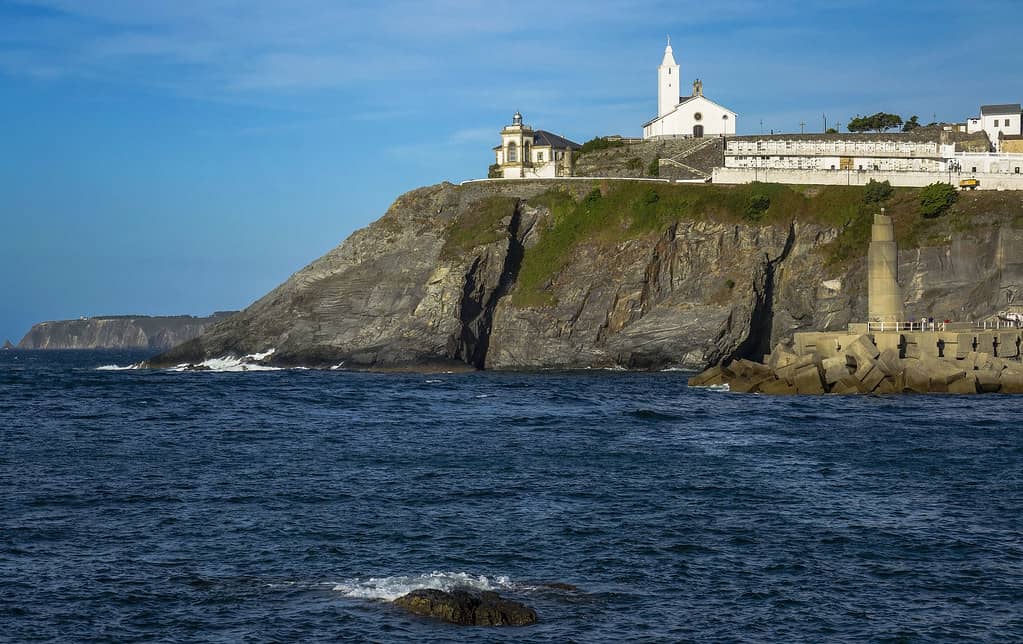
Standing guard at the harbour entrance is the Luarca Lighthouse, a landmark for both sailors and pilgrims alike.
Next to the Chapel of La Atalaya, it offers breathtaking panoramic views of the village, the harbour, the Cantabrian Sea, and the cliffs that cradle it. It’s an ideal spot to watch the sunrise or sunset and reflect on the path already walked and that which still lies ahead.
Nearby lies the Sailors’ Table, an old navigational tool once used by seafarers to find their bearings. For pilgrims, it’s a chance to connect with maritime history and the age-old knowledge of those who braved the seas.
Luarca Cemetery
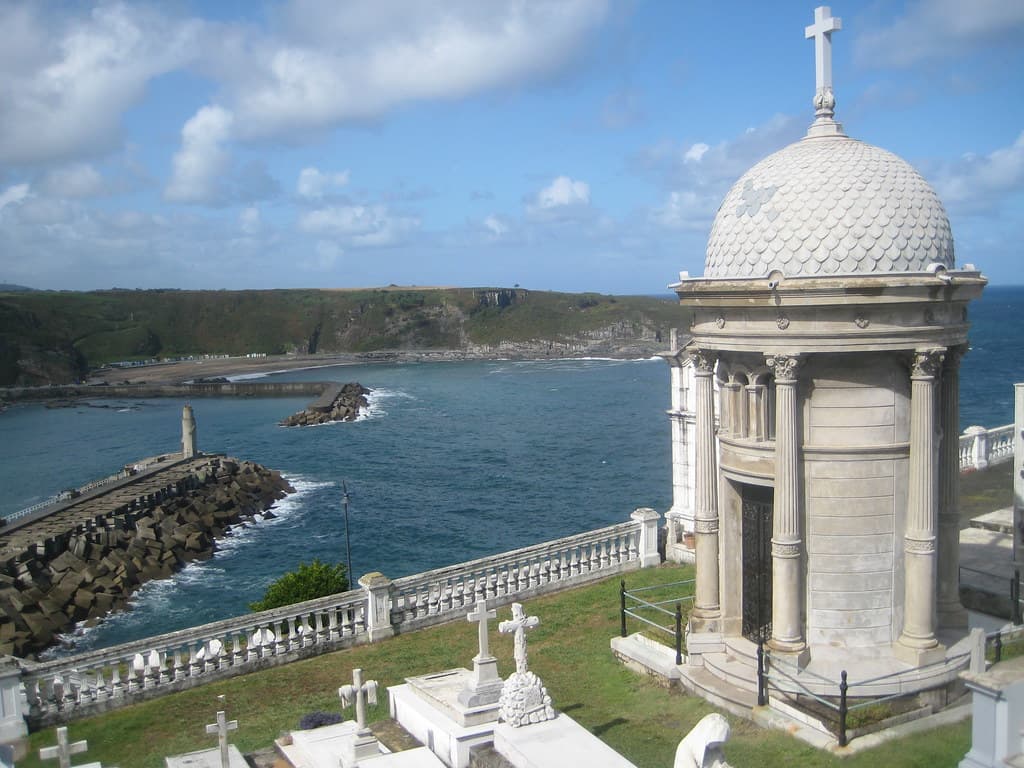
It may seem unusual, but Luarca Cemetery is considered one of the most beautiful in Spain and is well worth a visit.
Perched on a promontory overlooking the sea, its tiered layout and artistically valuable mausoleums create a serene and moving beauty. Notably, it is the final resting place of Nobel Laureate Severo Ochoa, whose mausoleum is a significant point of interest for many visitors.
Fonte Baixa Gardens: A tranquil oasis
The Fonte Baixa Gardens offer a peaceful green space for rest and relaxation. With a wide variety of botanical species, waterfalls, and ponds, they are a true oasis. It’s the perfect place for a stroll, a quiet read, or simply to sit and enjoy the natural surroundings.
Nearby getaways for the curious pilgrim
If time and energy allow, the surrounding areas offer stunning natural spots that are well worth exploring. These small detours reward pilgrims with unforgettable scenery and a deep connection with untouched nature.
Otur Beach: A dreamlike stretch of sand
Just a few kilometres away, Otur Beach is a long golden beach, ideal for a well-deserved rest. Its calm waters and natural setting, surrounded by green meadows, make it the perfect spot to relax, take a refreshing swim, or simply walk along the shore.
Barayo Beach: A natural treasure
Regarded as one of the most pristine and stunning beaches in Asturias, Barayo Beach is a Partial Nature Reserve. Accessed via a trail winding through dunes and marshes, the journey itself is a memorable experience. The mouth of the Barayo River forms a unique landscape where freshwater meets the sea.
Cabo Busto: A balcony over the Cantabrian Sea
For those seeking panoramic views and the raw power of the sea, Cabo Busto is a must-visit. Its cliffs plunge dramatically into the ocean, offering awe-inspiring vistas. A circular path allows visitors to explore the cape, discover lighthouses, viewpoints, and the area’s rich birdlife.
La Regalina Hermitage: Tradition and breathtaking views
Technically located in Cadavedo, this hermitage stands on a headland, offering a place of both cultural tradition and natural beauty. Though it requires a brief detour from the main path, the coastal views and surrounding landscape more than compensate. The hermitage is famous for its pilgrimage festival, one of the most popular in Asturias, held in August and attracting thousands of visitors.
Luarca’s Cuisine: Flavours of the Cantabrian
As one would expect from a fishing village, its gastronomy is deeply rooted in the sea. Fresh products from the local fish market are the foundation of a simple yet exquisite cuisine that delights even the most discerning palates.
Fish and Seafood: From sea to table
Line-caught hake, monkfish, conger eel, and tuna are among the star fish of Luarca’s cuisine. Grilled, baked, or stewed, these fresh products are true delicacies.
Cantabrian seafood such as spider crab, lobster, shore crab, and goose barnacles are also highly prized and widely available at harbourfront restaurants. Local specialities like Luarca-style monkfish soup and conger eel are must-tries for any pilgrim.
Hearty stews and meats: Asturian tradition
Besides seafood, Luarca’s culinary tradition includes hearty stews and quality meats typical of Asturias. Asturian fabada, collard greens stew, and red meats are perfect dishes for refuelling after a long day on the road.
Desserts and sweets: The perfect ending
To end a good meal, Luarca’s pastries offer delights such as alfilada, frixuelos, and rice pudding. These traditional desserts are the perfect finishing touch to a full culinary experience and a sweet reward for any pilgrim.
Festivals and Traditions: Life in Luarca
Luarca is a village rich in cultural and festive traditions, where age-old customs are kept alive and joyfully celebrated. For pilgrims, taking part in any of these festivals is a unique opportunity to dive into local culture and enjoy a truly authentic experience.
Holy Week: Tradition and devotion
Luarca’s Holy Week is one of the most renowned in Asturias, featuring processions that wind through the village and attract numerous devotees and visitors. The solemnity of the religious events, the beauty of the floats, and the devotion of the participants create an atmosphere of reflection and tradition.
Rosario Festival: A tribute to sailors
The Rosario Festival, held in mid-August, is the town’s most important celebration and a tribute to the patron saint of sailors. During these days, Luarca is adorned with decorations and comes alive with maritime processions, open-air dances, concerts, and cultural events. It’s a colourful, joyful celebration where maritime tradition blends with fun and festivity.
San Timoteo: The most popular pilgrimage
22 August marks the pilgrimage of San Timoteo, one of the most popular in Asturias. Thousands of people, dressed in traditional attire, head to the namesake hermitage, located in a natural setting, to celebrate this deeply rooted festival. The day is filled with music, dancing, picnics, and a festive atmosphere – a true celebration of Asturian culture.
The Vaqueirada: An ancestral tradition
Although not held in Luarca, the Vaqueirada is an ancestral tradition of the transhumant “vaqueiros de alzada” ethnic group in Asturias, taking place in the Valdés region. This festival, declared of National Tourist Interest, celebrates the culture and customs of the vaqueiros with traditional weddings, dances, and displays of their skills.

